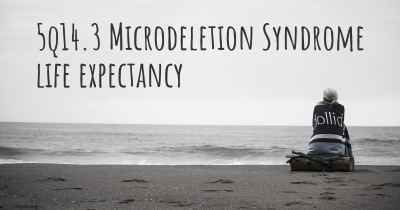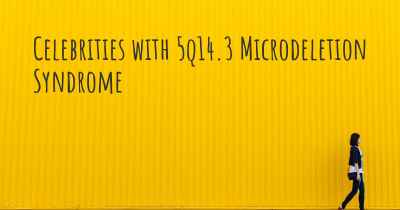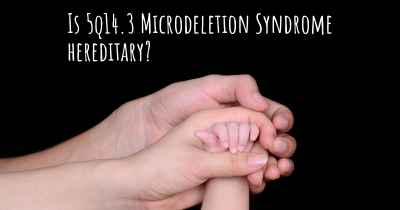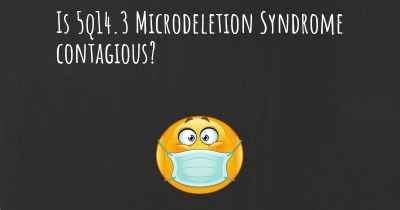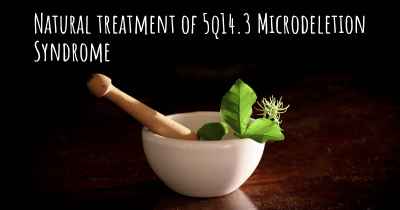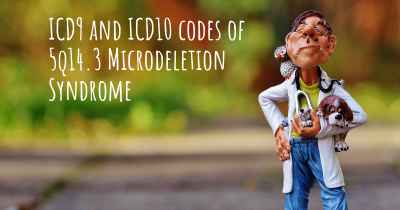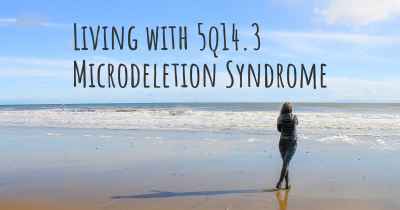Which are the symptoms of 5q14.3 Microdeletion Syndrome?
See the worst symptoms of affected by 5q14.3 Microdeletion Syndrome here
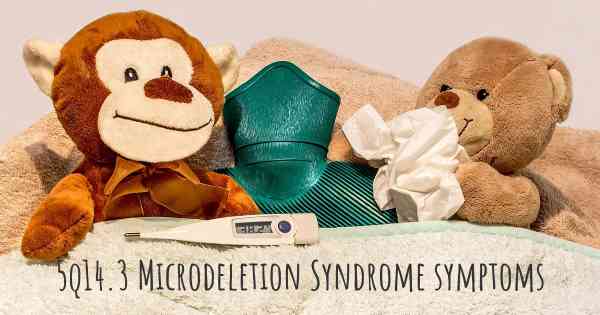
5q14.3 Microdeletion Syndrome is a rare genetic disorder caused by the deletion of a small piece of genetic material on the long arm of chromosome 5. This syndrome is characterized by a range of physical, developmental, and intellectual disabilities. The severity and specific symptoms can vary widely among affected individuals.
One of the most prominent features of 5q14.3 Microdeletion Syndrome is developmental delay. Infants and children with this condition may experience delays in reaching developmental milestones such as sitting, crawling, walking, and talking. The degree of delay can vary, with some individuals having mild delays while others may have more significant impairments.
Intellectual disability is another common symptom of this syndrome. Individuals with 5q14.3 Microdeletion Syndrome often have below-average intellectual functioning. The severity of intellectual disability can range from mild to severe, affecting an individual's ability to learn, communicate, and perform daily tasks independently.
Physical characteristics associated with 5q14.3 Microdeletion Syndrome can include distinct facial features. These may include a prominent forehead, a broad nasal bridge, widely spaced eyes (hypertelorism), a small chin (micrognathia), and low-set ears. However, it is important to note that not all individuals with this syndrome will exhibit these facial features.
Growth abnormalities are also commonly observed in individuals with 5q14.3 Microdeletion Syndrome. Some individuals may have a smaller than average head size (microcephaly) or experience slow growth in height and weight. These growth abnormalities can contribute to short stature and may require appropriate medical management.
Individuals with this syndrome may also exhibit musculoskeletal abnormalities. These can include joint hypermobility, which is an increased range of motion in the joints, and abnormalities of the fingers and toes such as extra fingers (polydactyly) or fused fingers (syndactyly).
Speech and language difficulties are common in individuals with 5q14.3 Microdeletion Syndrome. These can manifest as delayed speech development, limited vocabulary, and difficulties with articulation and expressive language. Speech therapy and other interventions can help improve communication skills.
Other potential features of this syndrome include feeding difficulties in infancy, behavioral issues such as attention deficit hyperactivity disorder (ADHD) or autism spectrum disorder (ASD), seizures, and hearing loss. However, it is important to note that not all individuals will experience these additional symptoms.
Diagnosis of 5q14.3 Microdeletion Syndrome is typically confirmed through genetic testing, such as chromosomal microarray analysis. Early diagnosis is crucial to ensure appropriate medical management and early intervention services to support the individual's development and well-being.
It is important to consult with a healthcare professional or a genetic specialist for a comprehensive evaluation and guidance if there is a suspicion of 5q14.3 Microdeletion Syndrome based on the presence of the aforementioned symptoms.
